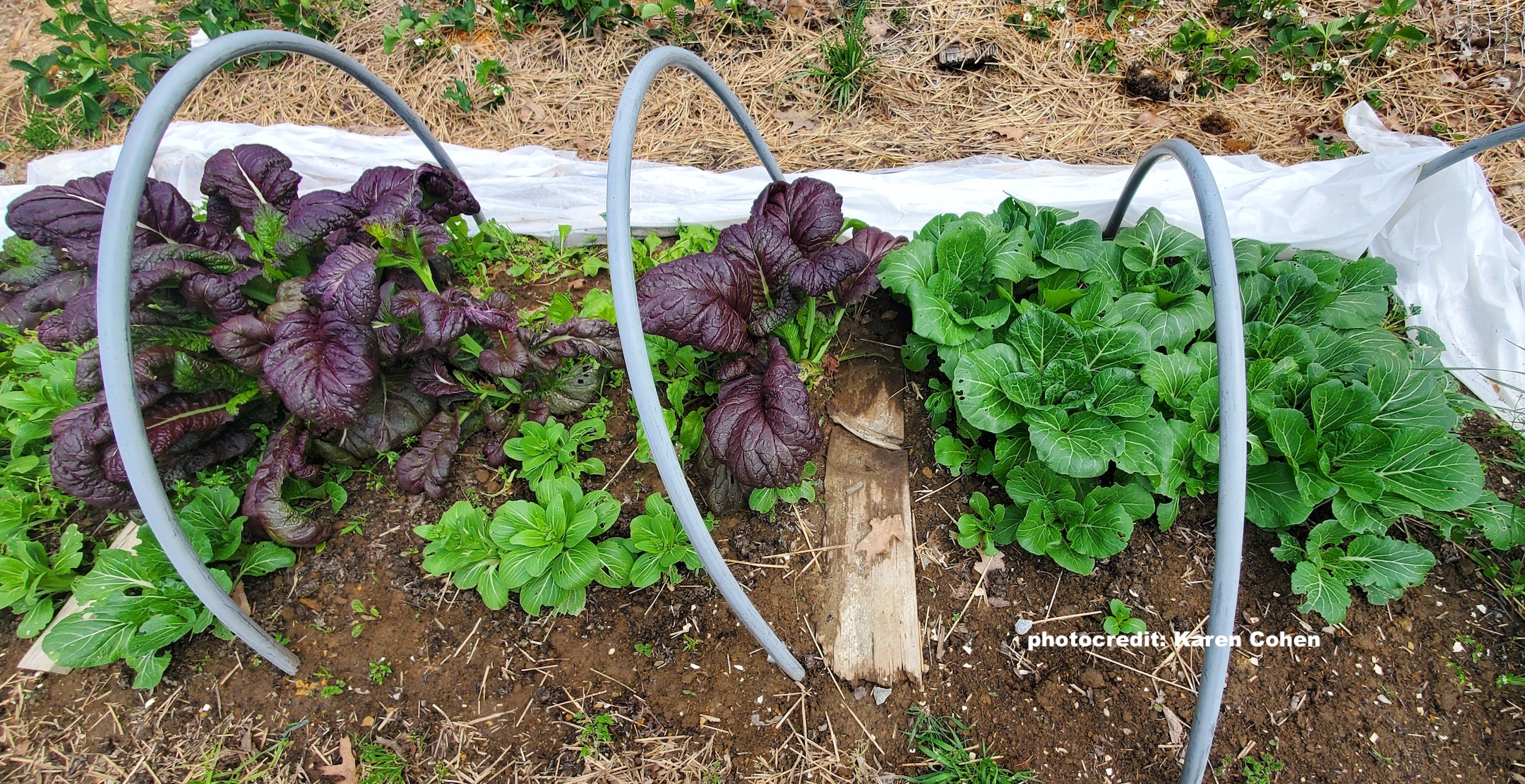

Just when you feel a bit tired from weeding, planting, watering, snipping and picking, comes the time to do it all over again. Are you ready? If you plan to have some late summer/early winter crops, better get to it NOW. Weed, plant, water, snip and hopefully pick some more! Autumn will reward you with more delicious veggies.
When it was too hot for lettuces and radishes to grow, now is the perfect time to throw down some seeds. These plants love cool weather. Put them right in between the huge zucchini leaves or in between your tomato plants. Once the zukes and toms die down, you will have a second crop of delectable salad fixings replacing the plethora of zucchinis and cherry tomatoes that you thought would never end. Make up some zucchini bread and freeze it for winter months. Extra tomatoes make great salsas!
Start seeds, like broccoli and cabbages, in seedling trays and use a heat mat to get them to sprout quickly. This gives you a head start on planting a good size seedling. Or you can try direct seeding right into the soil. After this past year, I hesitate to plant seeds directly into my garden because I have lots of robins visiting daily and I suspect some thievery was and still is going on. Three times I planted corn and peas – and nada. Maybe it was chipmunks, rabbits, or voles, but I don’t see any of those critters in my garden at all. So, I had to pin it on something.
Potatoes, chard, mustard greens, parsnips, and collards like to grow in the fall, too. They can take temperatures down to about freezing 32 degrees or so and will not die. Use a protective cover if any early frosts are predicted for October or November. You can use old sheets or buy a roll of remay. Remay is spun polyester that allows light and rain to come through it yet affords a bit of protection against frost. It holds a few degrees of heat under it and that allows plants to stay alive in the cold. It is available in sheets or rolls of varying sizes and can last several years. If you need some vendor recommendations, shoot me an email and I’ll send some.
Another way to keep cold hardy plants growing into late fall and even over the winter months, try putting in a portable hoop house. A thick clear plastic will be the covering draped over bent PVC tubes forming upside down U-shaped supports. Crops under plastic covers heat up during the sunny days and cool down at night but still remain warmer inside than outside. Fill plastic jugs with water and place a few inside the hoop house. These emit heat when the sun goes down and some moisture, too. This is a great way to repurpose those milk jugs!
Snow on top of any covering will act as an insulator. It keeps a constant temperature right at freezing. Leave snow on plants unless it is so heavy that it threatens to break them. When the temperatures slowly climb, the snow melts and provides some H2O. Once temperatures go below 20 degrees, there is not much else you can do to save plants. Electric space heaters can be used safely inside greenhouses with proper waterproof electric cords but not recommended for outside settings.
Rotting hay or straw around all the plants you intend to keep growing is mandatory. The decomposing materials provide a source of heat. When frost is coming, you can scatter hay directly on top of outside plants to keep the frost from touching them. You can protect bushes and bulbs, too, with thick pilings of hay or straw.
“Don’t stop thinking about tomorrow,” as the Fleetwood Mac song says. Grow as much and as long as you can. “Why not think about things to come?”
Karen Cohen is a chemical free gardener, composter, and nature lover. Another seed/plant swap is planned for late fall for local home gardeners. If you are interested in participating, please email your comments and contact info to: natureswaykaren@gmail.com. And Happy growing!

